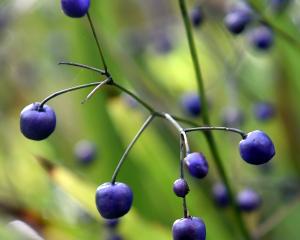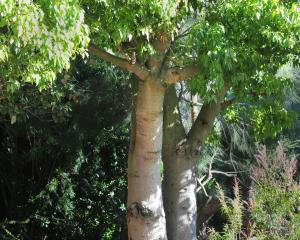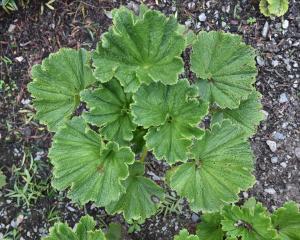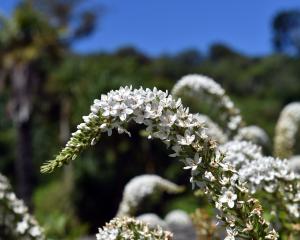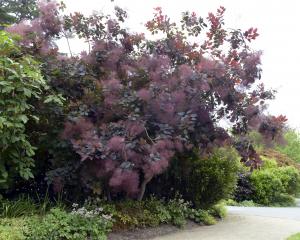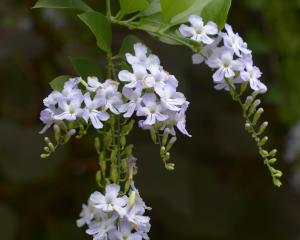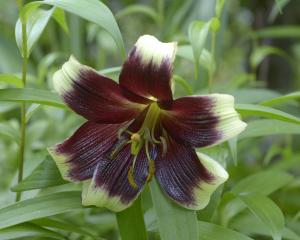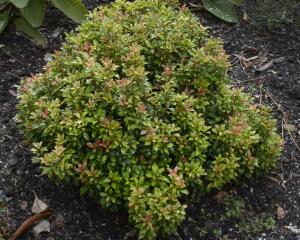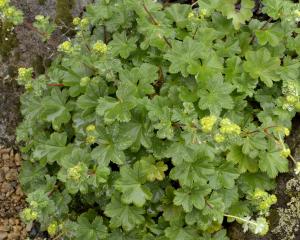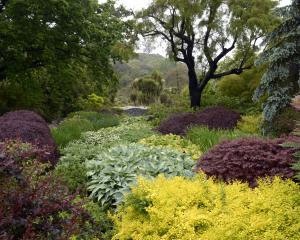The flower buds are formed in autumn and are often attractive throughout winter.
The shrub has lovely small white or sometimes pink, hanging bell-shaped flowers that smother the plant in spring.
It has the added bonus of bright red or bronze new growth above the older green foliage, often at the same time as the flowers.
Pieris is a member of the Ericaceae family, closely related to Rhododendron, and likes similar conditions.
It is ideally suited to a woodland situation with some shade from overhead trees and a cool, moist root run, but some varieties will perform well in full sun.
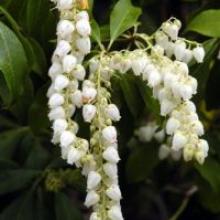
A few of the hybrids growing in the lower Botanic Garden are well worth growing in the home garden. These include:
- Pieris formosa var. forrestii 'Wakehurst' is a vigorous shrub that will grow to 4-5m but can be pruned. It has bright red new growth and white, slightly scented flowers.
- Pieris 'Forest Flame' is one of my favourites, with stunning new red growth that fades to cream before turning dark green as it matures. It grows up to 4m in height.
- Pieris japonica 'Bisbee Dwarf' is very slow-growing and will reach 45cm and rarely flowers, but puts on a good display of red new growth.
- Pieris japonica 'Sarabande' forms a lovely compact bush up to 75cm and is often smothered in white flowers in spring.
Stephen Bishop is a curator at the Dunedin Botanic Garden.

